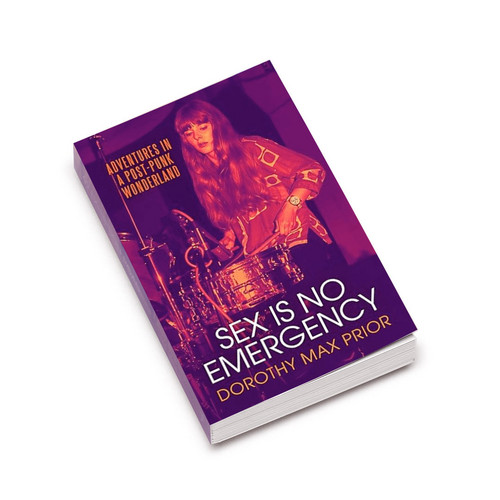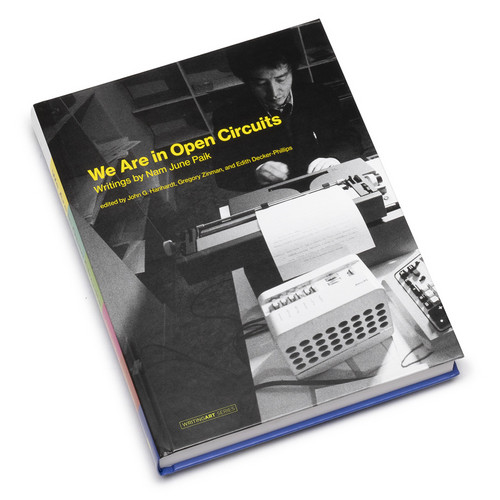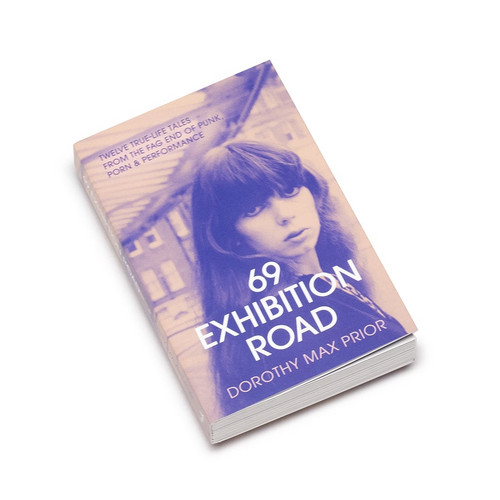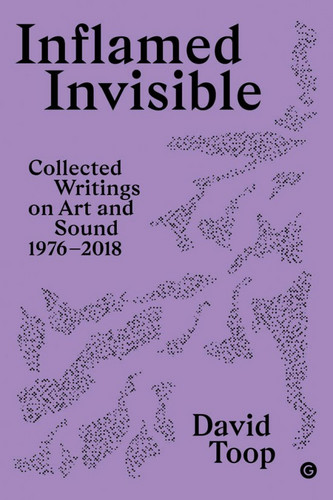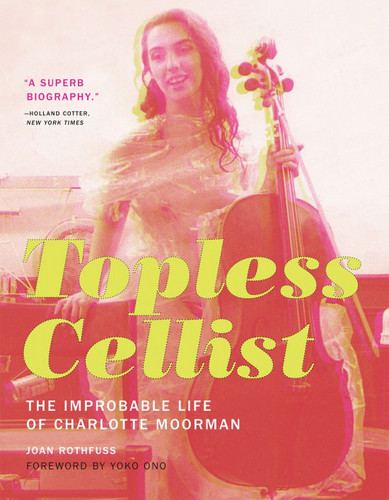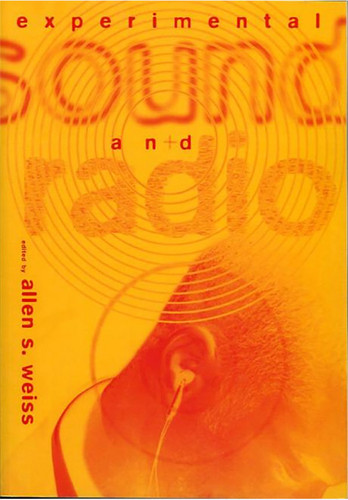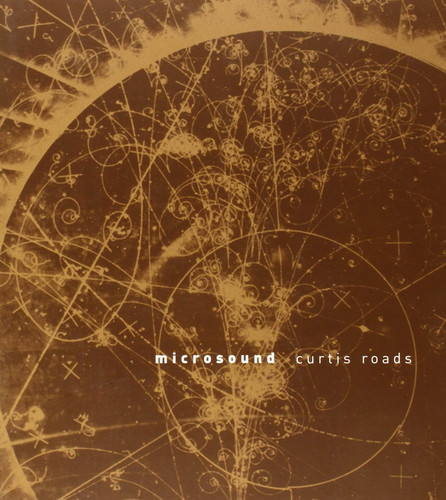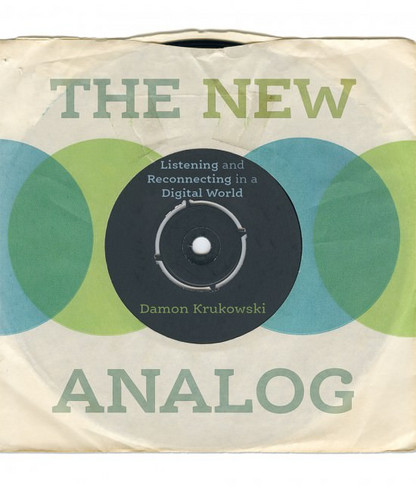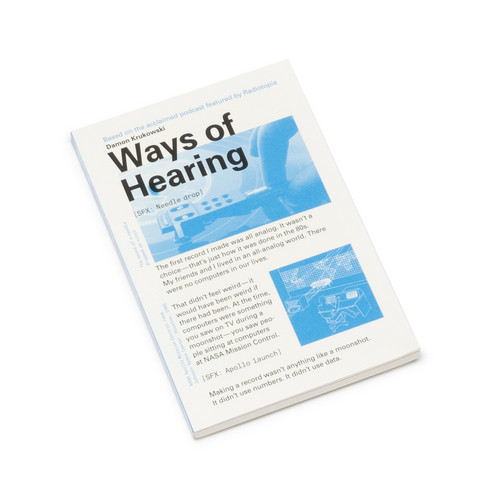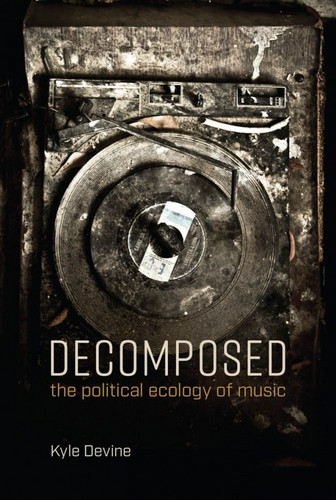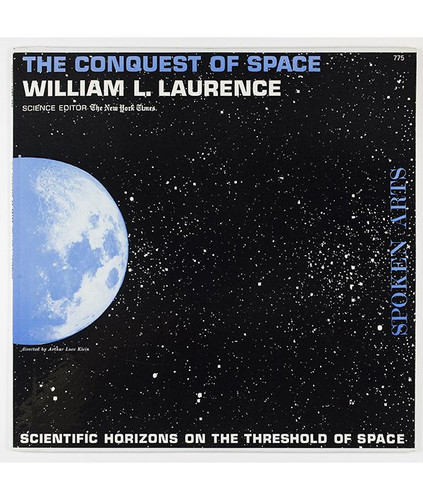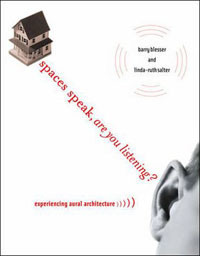★MIT Press
Sex is No Emergency: Adventures in a Post Punk Wonderland (Book)
Softcover, 432 pp. book Strange Attractor Press is thrilled to announce the release of Sex is No Emergency: Adventures in a Post Punk Wonderland, the highly anticipated memoir by Dorothy Max Prior, available in May 2025. This captivating new volume offers a vivid and personal journey through the British occult and pagan countercultures of the 1980s and early 1990s . In her trademark wise, wry, and endlessly charming style, Dorothy Max Prior recalls her days drumming and touring with the infamou…
Subcontinental Synthesis Electronic Music at the National Institute of Design, India 1969–1972 (Book)
264 pages. The history of India's first electronic music studio founded in 1969 at the National Institute of Design in Ahmedabad by David Tudor. Subcontinental Synthesis explores the history of India's first electronic music studio, founded in 1969 at the National Institute of Design in Ahmedabad with the support of the composer David Tudor. The essays and writings unravel the narrative and context surrounding the studio as well as the work of the Indian composers who created groundbreaking reco…
We Are in Open Circuits. Writings by Nam June Paik (Book)
* Hardcover Edition. Large size, nearly 500 pages * Essays, project plans, and correspondence from across Nam Jun Paik's career, much of it previously out of print or unpublished.
Nam June Paik (1932–2006) is a pivotal figure in the history of modern art. Arguably the most important video artist of all time, and certainly among the most influential and prolific, Paik was a legendary innovator who transformed the electronic moving image into an artist's medium. He wrote incessantly—corresponding …
69 Exhibition Road: Twelve True-Life Tales from the Fag End of Punk, Porn & Performance (Book)
A vibrant, wry, and engaging account of life as an adventurous, queer young person in late 1970s London discovering themselves as an artist, and an individual. While working as a photographer's model, gallery usher, and exotic dancer, Dorothy “Max” Prior witnessed the births of Adam and the Ants, The Monochrome Set, The Sex Pistols, and Throbbing Gristle, as well as drumming in her own cult band Rema Rema and recording with Industrial Records. Her exuberant commentaries, each presented as a sta…
Collected Writings on Art and Sound, 1976–2018
**Beautiful hard-cover edition, 300+ pages ** A rich collection of essays tracing the relationship between art and sound. In the 1970s David Toop became preoccupied with the possibility that music was no longer bounded by formalities of audience: the clapping, the booing, the short attention span, the demand for instant gratification. Considering sound and listening as foundational practices in themselves leads music into a thrilling new territory: stretched time, wilderness, video monitors, s…
Sound Art
**Massive hard-cover catalogue, nearly 800 pages, big size** This milestone volume maps fifty years of artists' engagement with sound. Since the beginning of the new millennium, numerous historical and critical works have established sound art as an artistic genre in its own right, with an accepted genealogy that begins with Futurism, Dada, and Fluxus, as well as disciplinary classifications that effectively restrict artistic practice to particular tools and venues. This book, companion volume t…
Topless Cellist The Improbable Life of Charlotte Moorman
The first book to explore the extraordinary career of musician and performance artist Charlotte Moorman, whose work combined classical rigor, avant-garde experiment, and madcap daring. The Juilliard-trained cellist Charlotte Moorman sat nude behind a cello of carved ice, performed while dangling from helium-filled balloons, and deployed an array of instruments on The Mike Douglas Show that included her cello, a whistle, a cap gun, a gong, and a belch. She did a striptease while playing Bach in …
Michael Snow
Essential texts on the work of the influential artist Michael Snow: essays and interviews spanning more than four decades. Few filmmakers have had as large an impact on the recent avant-garde film scene as Canadian Michael Snow (b. 1928). His works in a range of media—film, installation, video, painting, sculpture, sound, photography, drawing, writing, and music—address the fundamental properties of his materials, the conditions of perception and experience, questions of authorship in technolog…
Experimental Sound and Radio
Art making and criticism have focused mainly on the visual media. This book, which originally appeared as a special issue of TDR/The Drama Review, explores the myriad aesthetic, cultural, and experimental possibilities of radiophony and sound art. Taking the approach that there is no single entity that constitutes "radio," but rather a multitude of radios, the essays explore various aspects of its apparatus, practice, forms, and utopias. The approaches include historical, political, popular cult…
Microsound
Below the level of the musical note lies the realm of microsound, of sound particles lasting less than one-tenth of a second. Recent technological advances allow us to probe and manipulate these pinpoints of sound, dissolving the traditional building blocks of music—notes and their intervals—into a more fluid and supple medium. The sensations of point, pulse (series of points), line (tone), and surface (texture) emerge as particle density increases. Sounds coalesce, evaporate, and mutate into ot…
The New Analog Listening and Reconnecting in a Digital World
**Hard-cover edition** A meditation on what was lost—and on what is worth preserving—in the movement away from analog music and culture. Although digital media have created new possibilities for music making and sharing, they have also given rise to new concerns. What do we lose in embracing the digital? Do streaming services discourage us from listening closely? In this book, musician Damon Krukowski uses the sound engineer's distinction between signal and noise to examine what we have lost as…
Ways of Hearing
Our voices carry farther than ever before, thanks to digital media. But how are they being heard? In this book, Damon Krukowski examines how the switch from analog to digital audio is changing our perceptions of time, space, love, money, and power. In Ways of Hearing—modeled on Ways of Seeing, John Berger's influential 1972 book on visual culture—Damon Krukowski offers readers a set of tools for critical listening in the digital age. Just as Ways of Seeing began as a BBC television series, Ways …
Decomposed: The Political Ecology of Music
Music is seen as the most immaterial of the arts, and recorded music as a progress of dematerialization—an evolution from physical discs to invisible digits. In Decomposed, Kyle Devine offers another perspective. He shows that recorded music has always been a significant exploiter of both natural and human resources, and that its reliance on these resources is more problematic today than ever before. Devine uncovers the hidden history of recorded music—what recordings are made of and what happen…
The Vinyl LP in Midcentury America
2017 edition. 'This extraordinary and brilliantly curated book reveals how the tropes of cultured living were disseminated through the universal medium of music decades before the era of 'designer pop.' Revisionary and essential.' wrote Peter Saville, artist and designer; founder and art director of Factory Records. How record albums and their covers delivered mood music, lifestyle advice, global sounds, and travel tips to midcentury Americans who longed to be modern. The sleek hi-fi console in …
Spaces Speak, are You Listening?: Experiencing Aural Architectur
How we experience space by listening: the concepts of aural architecture, with examples ranging from Gothic cathedrals to surround sound home theater. We experience spaces not only by seeing but also by listening. We can navigate a room in the dark, and "hear" the emptiness of a house without furniture. Our experience of music in a concert hall depends on whether we sit in the front row or under the balcony. The unique acoustics of religious spaces acquire symbolic meaning. Social relation…
